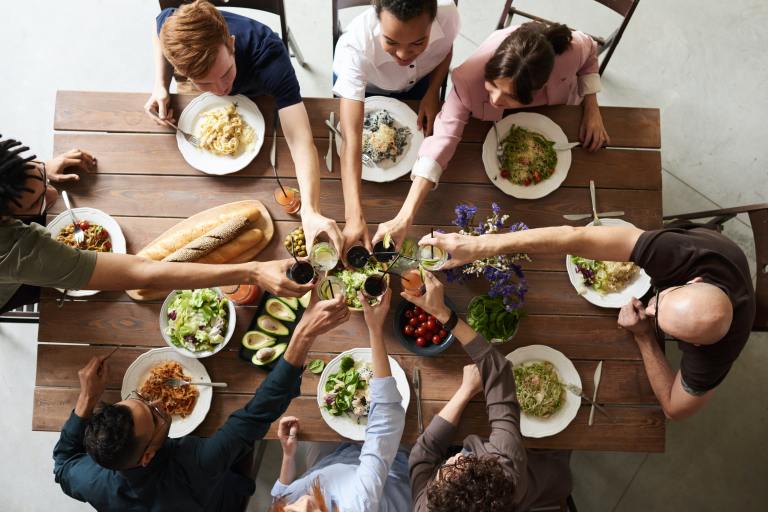16 People Talk About Banned And Illegal Foods From Around The World


Producer’s note: Someone on Quora asked: Are there any illegal foods? Here are some of the best answers that’s been pulled from the thread. Thank you to the team at Quora for making this happen!
1. Garrick Saito
Two examples that come to mind are:
- it is illegal to eat shark fin in Hawaii
- it is illegal to sell foie gras in California
Just because something is edible doesn’t necessarily make it legal. I cannot speak for other countries but, in the US, there are some foods that federal and state governments ban or severely restrict because of health concerns, to preserve a species, or even in response to inhumane preparation methods.
2. Alaka Halder
Milk and dairy products that contain recombinant bovine growth hormone (rBGH) is America’s largest selling dairy product. It’s banned in Australia, New Zealand, Israel, the EU, and Canada.
Australia bans local farmers from using Canthaxanthin dye to color their salmon. Historically, Australia has been very careful about what types of salmon are raised and brought into the country, both to protect local farmers and also to prevent contamination by disease agents and toxins. Between 1975-2000, Australia banned “importation of fresh, chilled and frozen salmon”. The end of the import bans involved a long, complicated settlement process (mediated by the World Trade Organization, WTO). There’s still a lot of misinformation on the internet about whether the ban is still in place. If anyone is interested in reading about the settlement in detail, refer to archives on the Washington University website.
Canthaxanthin dye is used to make the farmed salmon flesh “redder” and thus resemble wild salmon flesh. It is commonly used in the US, but Australia has banned it because the chemical causes health problems (e.g. eye disorders). Farmed fish tends to be more pale than wild-caught salmon, and fetches lower prices. The redder the salmon, the higher the price.
How can we differentiate between wild and farmed salmon? The flesh of wild salmon is bright red (due to its natural astaxanthin content). It’s very lean too, so the fat marks (the white strips in the meat) are very thin. Pale pink salmon with wide fat marks are farmed.
3. Priyanshu Jha
Samosa is an Indian snack, popular across Indian subcontinent, middle east and even in some parts of Africa, North America and Europe.
Apparently, they are banned in Somalia: Islamist groups in Somalia bans samosas after deciding they’re too Western!
Reason: They think it resembles a Christian Holy Trinity




